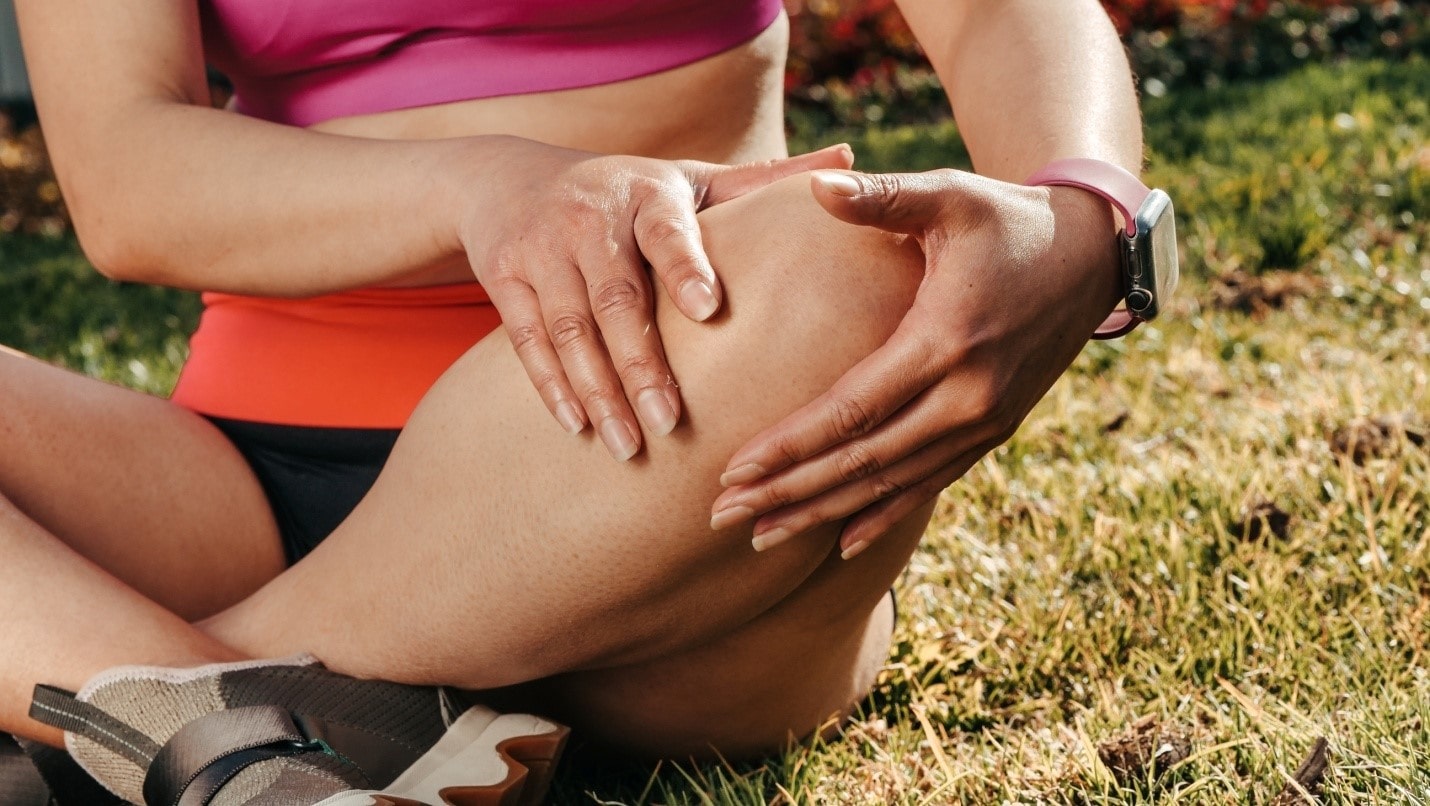
5 Ways to Protect Against ACL Injuries
Exclusively written for MyTorontoPhysio.com by: Rhienne Joleen
An anterior cruciate ligament (ACL) injury is a painful knee condition that affects up to 250,000 Canadians yearly — regardless if they’re professional athletes or not. Caused by a sudden change in motion or direction, an ACL injury can occur with or without contact from another person or player. Suffering from an ACL injury is no simple sprain and can result in loss of range of motion, swelling, and instability. In some cases, ACL injuries even require surgical intervention. To help prevent acquiring such an injury, here are some easy ways you can protect yourself:
1. Always warm up properly
Everyone knows the importance of proper warm-ups. However, people often choose to rush through their warm-up or skip it altogether. For instance, in a review of soccer-related injury prevention, researchers found that the majority of players did not adequately follow a sufficient warm-up protocol when training. This, undoubtedly, is one of the reasons why soccer is one of the sports in which ACL injuries are most prolific. To reduce the frequency of injury among soccer players, the FIFA 11+ program was developed. It guides athletes through a series of warm-up exercises focusing on technique and correct knee alignment. In some studies, teams that performed this training at least twice per week reduced their frequency of injury by 50%! Regardless of whether you’re playing a sport or just going for a quick workout, you’re doing yourself a favor by taking the extra minutes to correctly warm up.
2. Incorporate strengthening exercises
With strength training, your muscles, bones, ligaments, and tendons get stronger and more resilient. This means your joints are more capable of staying in the correct alignment. The benefits of strength training are so effective, that studies have recorded a 4% reduction in risk of injury for every 10% increase in strength-training volume. Because strength training is also highly customizable, you can incorporate it into your routine regardless of age or fitness level. A few strength exercises that you can try are lunges, squats, and hamstring curls. This will develop gluteal, quadriceps, and hamstring muscles that help stabilize your knee joint. You can also incorporate plyometric exercises such as vertical jumps, scissor jumps, and single-leg hops since these are great for developing power.
3. Respect your recovery period
Preventing injury doesn’t just happen while you’re actively moving, but also in the time when you’re recovering. Your recovery period is not only a time to catch your breath, but it’s also a chance for the body and the mind to avoid exhaustion and overexertion. Recovery should be two days at minimum for strenuous exercises, during which you should be hydrating and refueling. Meanwhile, if you have had a complete ACL rupture, or have had the surgical repair, you may need to take up to 12 months for tissue healing and rehabilitation. According to published ACL recovery results, 35% of athletes who’ve recovered from ACL are likely to reinjure it. This can often attributed to a shorter-than-ideal rehabilitation period which also results in incorrect form and performance. Thus, rushing your recovery defeats the purpose and doesn’t allow your body enough time to bounce back.
4. Fortify your ligaments with proper nutrition
You are what you eat, and how well you’re able to nourish yourself will determine how strong your ligaments and muscles are. As highlighted in The New Encyclopedia of Modern Bodybuilding, which is considered to be the modern bible of bodybuilding, anyone who is looking to strengthen their muscles should not take nutrition lightly. As explained in the aforementioned book, one’s diet works hand-in-hand with training methods to prevent injury and enhance the results of your fitness journey. Aside from staying hydrated and making sure to top up your electrolytes, do include calcium and protein rich food into your meals, too.
5. Wear sports-specific shoes
Lastly, invest in the right shoes for your sport. Sport-specific shoes, like cleats for soccer or high-traction rubber in court sports, can significantly prevent slips or falls that may be associated with ACL sprains. Because of this, you can perform better while reducing your risk of injury during each game. Although wearing more "casual" sports gear (like regular trainers) is alright the first few times, you're going to be much more comfortable and safer in shoes designed for your activity.
As serious as ACL injuries are, they are preventable. By following a few simple tips, you can protect yourself from injury and improve your overall wellbeing.
 0 Comment
0 Comment 




Leave A Comment